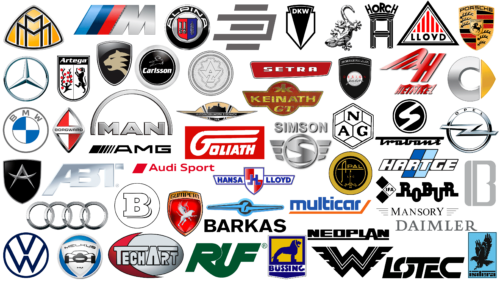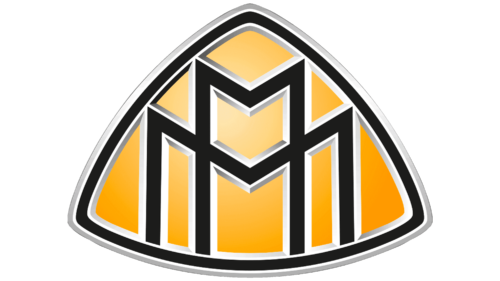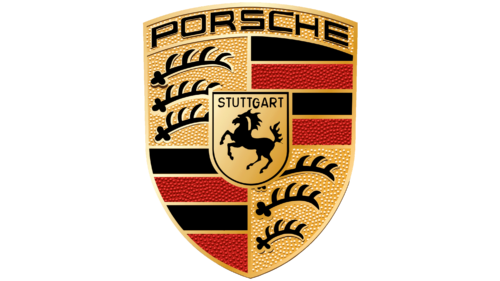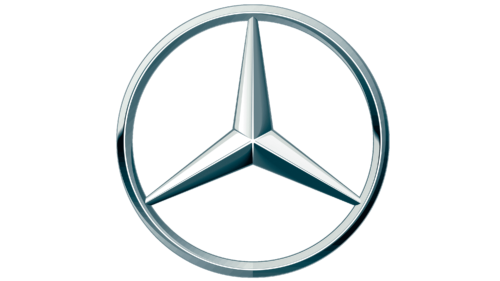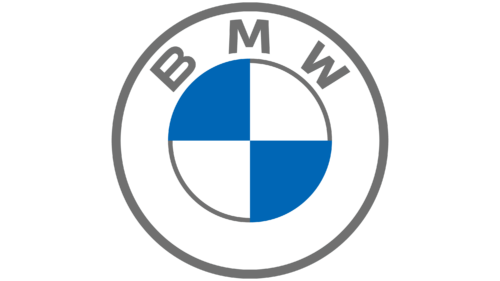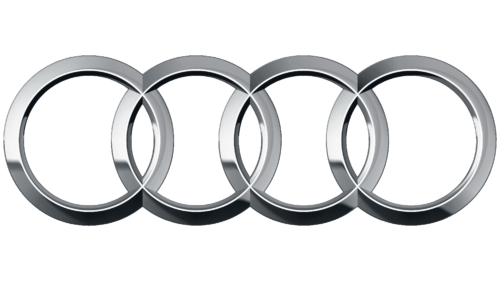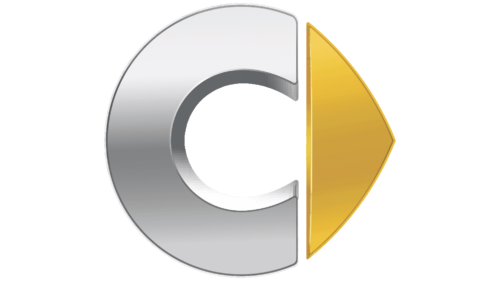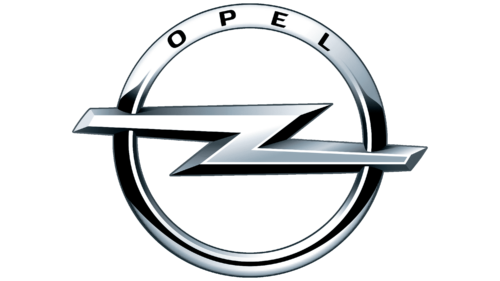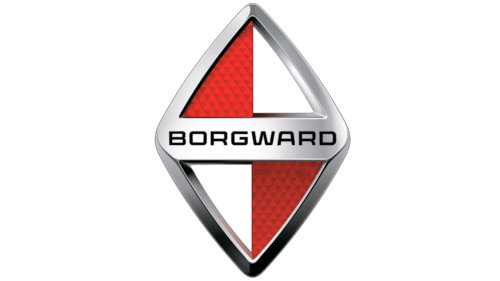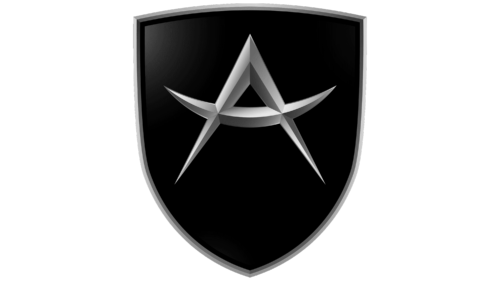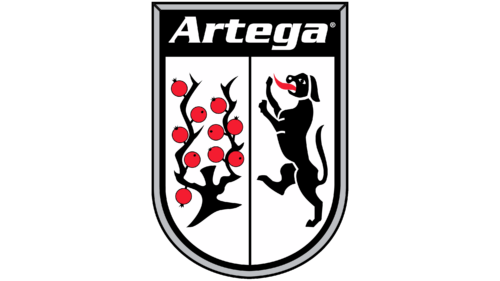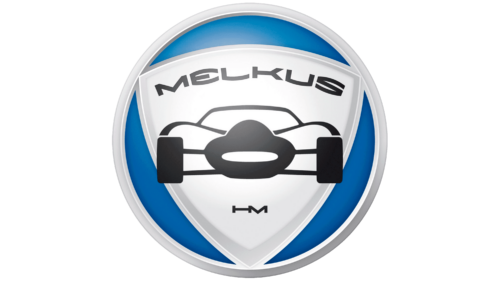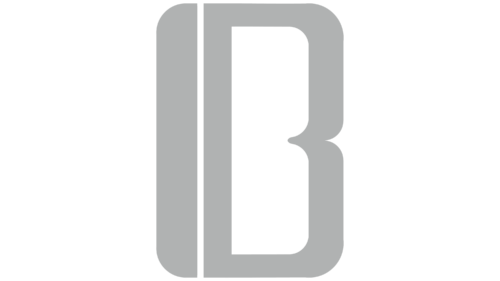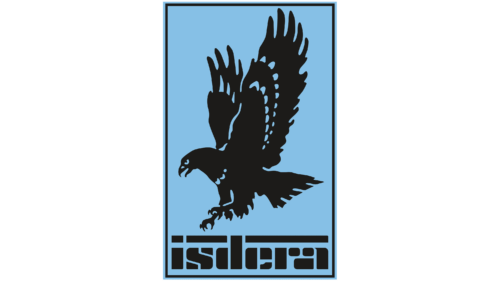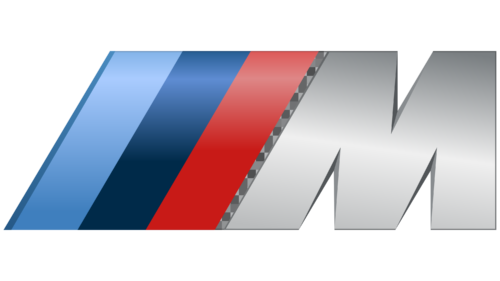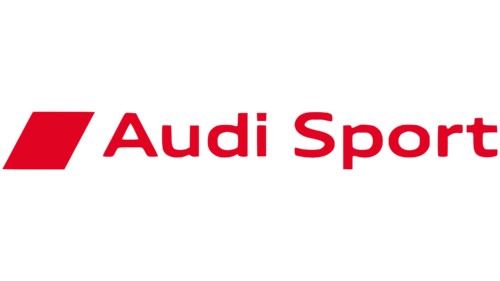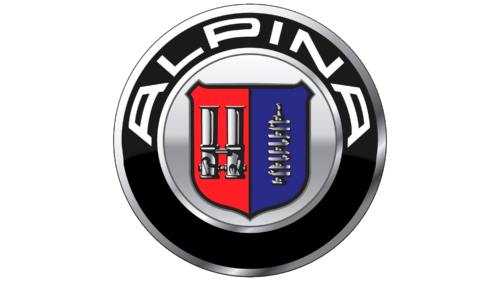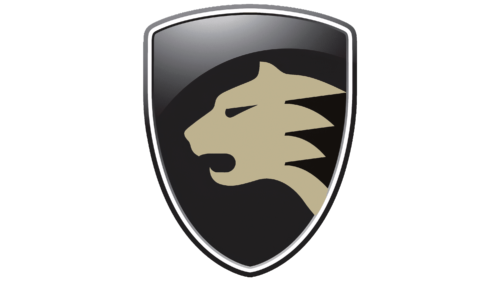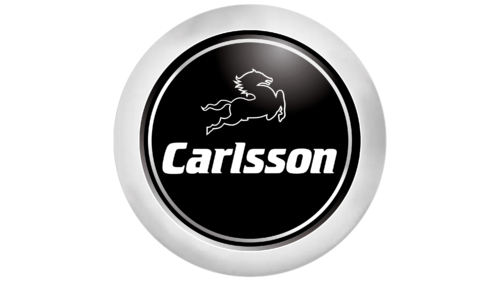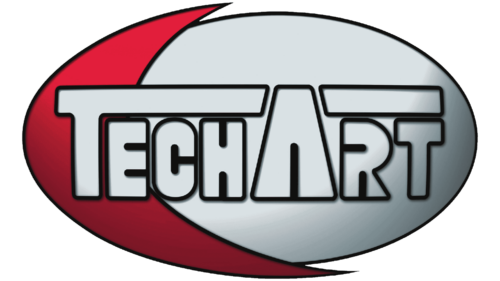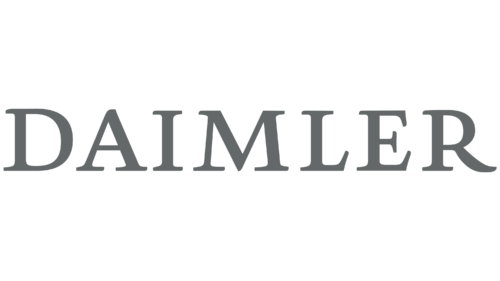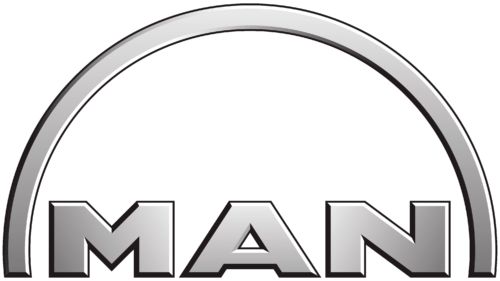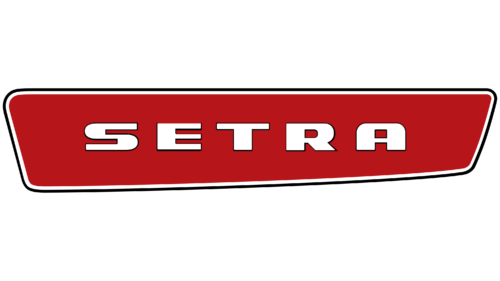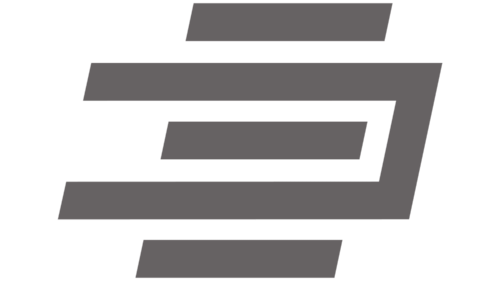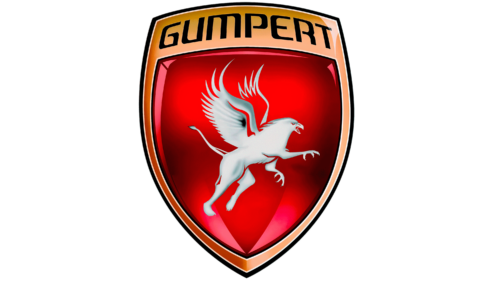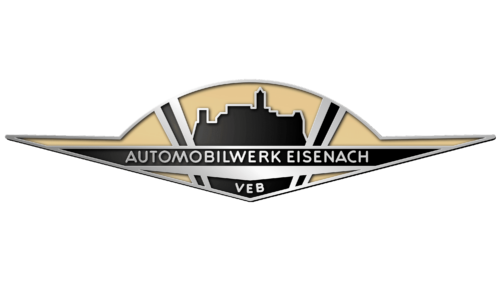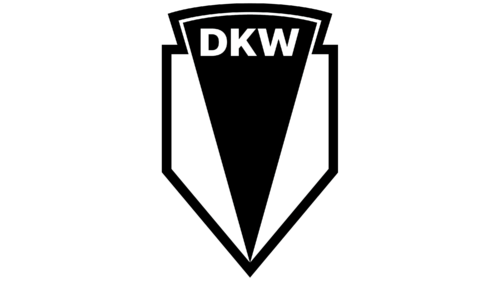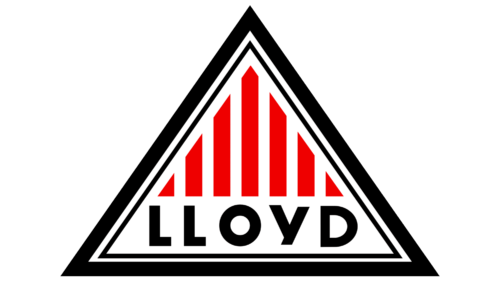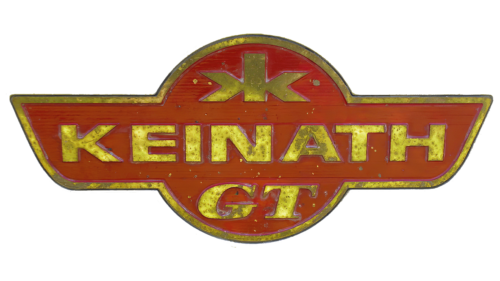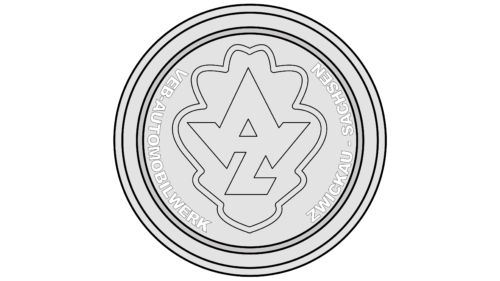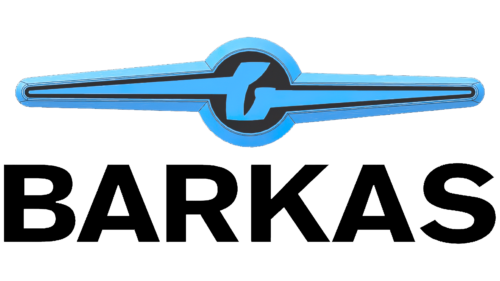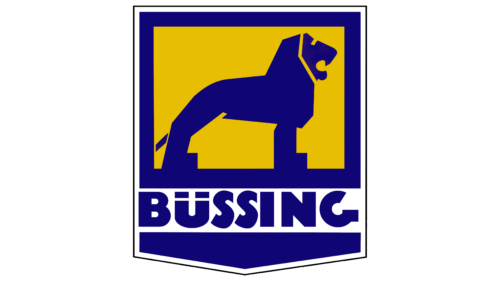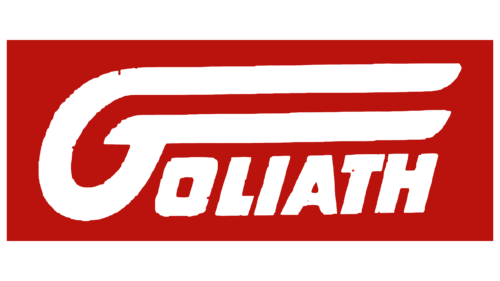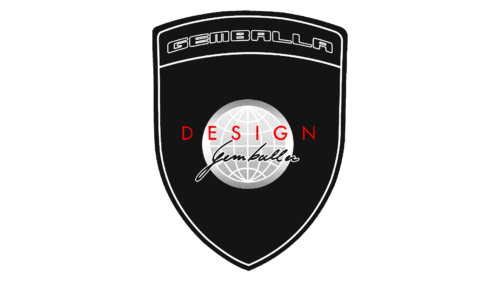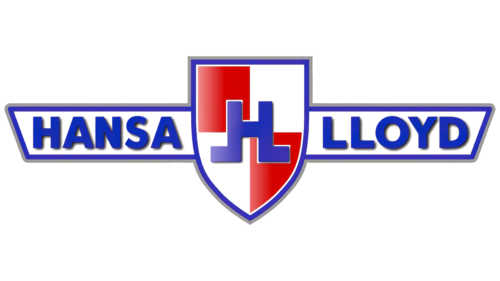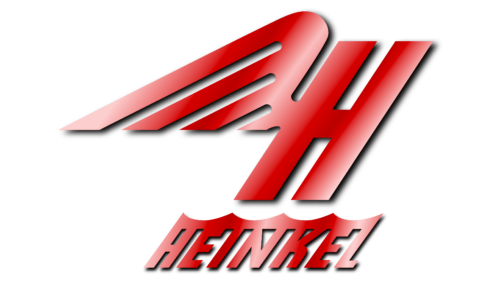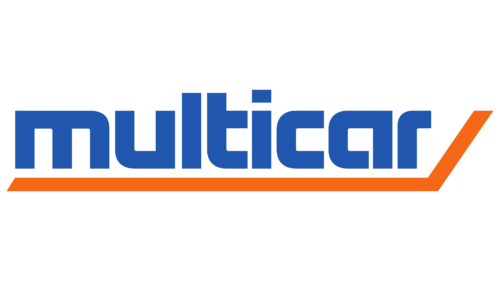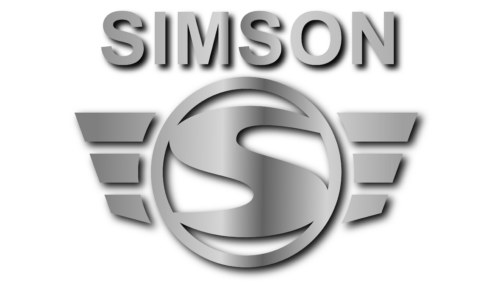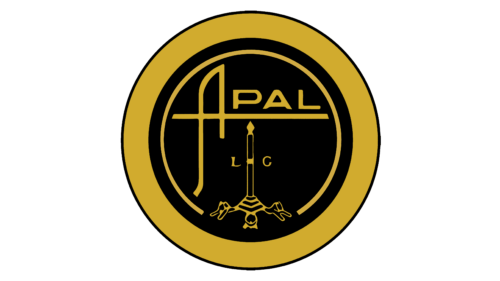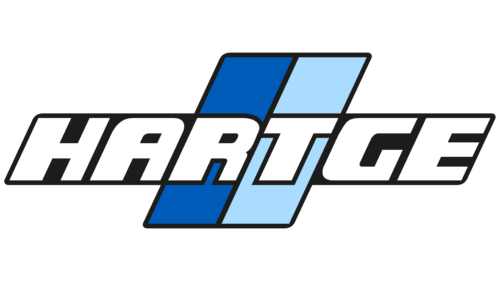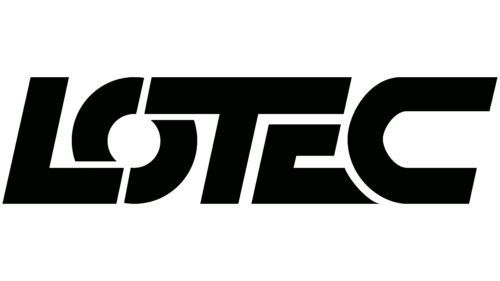Germany is the birthplace of the automobile industry. It was here that the first type of heat engine was invented, and the prototype of the modern car appeared. In car production, this country is second only to the USA, Japan, and China, ranking fourth globally. Its brands, such as Porsche, Volkswagen, BMW, and Opel, are famous for their consistently high quality.
What are German automobile brands?
Because German manufacturers adhere to strict international standards, many German car brands are a benchmark of quality. All market niches are filled here, from ultra-luxury cars to buses. Maybach, Porsche, Mercedes-Benz, BMW, Audi, Volkswagen, Opel, Alpina, and Daimler are recognized as the most outstanding representatives of the industry.
Ultra-luxury, Luxury Car Brands
German manufacturers have made a great contribution to the development of the automotive industry. Some boast many exclusive luxury models, including high-end and luxury cars, convertibles, and supercars. Each brand has its character and utilizes patented technologies that meet strict international standards.
Maybach
Maybach cars are a symbol of high social status. This company was founded in 1909 by entrepreneur Wilhelm Maybach and his son. They went from developing engines to producing luxury cars. As an independent brand, Maybach ceased to exist in 2002. It was revived 11 years later, becoming the Mercedes-Maybach division.
Porsche
Porsche manufactures luxury roadsters, convertibles, supercars, and crossovers. It was founded in 1931 and is named after its founder, Czech designer Ferdinand Porsche. At first, it was a family business, but then part of the shares went to the Volkswagen concern. Porsche is currently headquartered in Stuttgart.
Mercedes-Benz
Mercedes-Benz is a division of the automobile concern Daimler AG. The merger of Daimler-Motoren-Gesellschaft and Benz & Cie preceded its creation. In 1926, the brand was named after Benz Patent Motorwagen and Mercedes. As of 2019, it is the most expensive automobile brand in the world.
BMW
BMW was officially incorporated in 1917. In pre-war, it produced engines, then switched to motorcycles, rockets, and guided weapons. Bayerische Motoren Werke AG produced its first post-war automobile in 1951. Now, the brand is known for its sports cars and electric vehicles.
Audi
Audi is the successor of the Auto Union concern and the legal successor of Audi Automobil-Werke, founded in 1909. The brand was named in honor of August Horch, who translated its name into Latin. On the world market, the manufacturer is represented by crossovers, sports cars, convertibles, roadsters, supercars, and other prestigious cars.
Smart
Smart is a subsidiary of Mercedes-Benz Cars Group. This brand appeared on the market in 1998 with the launch of the Smart City-Coupe model. It produces compact passenger cars of a particularly small class.
Mass Market Brands
The mass market in Germany is represented by brands that strive to produce quality cars, regardless of their price category. Many manufacturers have rolled out successful lines of inexpensive cars, copying and repeating world-famous models.
Volkswagen
One of the initiators of the Volkswagen brand was Adolf Hitler, who demanded that cars be produced that were inexpensive and reliable. Ferdinand Porsche produced several prototypes for him. Volkswagen was founded somewhat later, in 1937. It is based in Wolfsburg and continues to lead the mass market segment, and its sales are growing yearly.
Opel
Opel’s official creation date is 1862, but the first car of this brand appeared only in 1899. The company’s founder started with the production of sewing machines and bicycles and did not even plan to expand into cars at first. Currently, Opel belongs to the Peugeot and Citroen unions.
Borgward
The founder of the company Borgward is a German engineer and designer, Karl F.W. Borgward. He started by producing automobile components and then moved on to producing three-wheeled trucks and cars. The company’s first version lasted from 1919 to 1962 and was closed due to bankruptcy. 2016 BAIC revived the brand, bringing it back to the automotive market.
Sports Car Brands
In the last century and the 2000s, many sports car brands have emerged in the German automobile market. Their heavy-duty cars race on race tracks and win prestigious competitions. They are lightweight, maneuverable vehicles with high cross-country ability.
Apollo
The company Apollo Automobil was previously known as Gumpert Sportwagenmanufaktur. It was named in 2004 in honor of engineer Roland Gumpert, who wanted to create a sports car suitable for street racing. The firm went into liquidation in 2013 but returned three years later as a subsidiary of Ideal Team Venture.
Artega
Artega existed in the automotive market for only six years (from 2006 to 2012) but left behind many innovative technologies that Volkswagen uses today. During its entire existence, it has produced only one car in two modifications.
Melkus
Melkus is a German sports car brand that originated in the GDR. Its founder is a racer and designer, Heinz Melkus. He created formula cars and even won the championships three times. Then, he had a line of road sports cars. In 1986, the company was disbanded, but Heinz’s sons brought it back to life 30 years later.
Bitter
Bitter is a premium sports car brand specializing in car tuning. Former racing driver Erich Bitter founded it in 1971 after he left Intermeccanica.
Isdera
Isdera is a privately owned company that produces customized sports cars. The only way to buy a sports car from this brand is to contact the head of the company, Eberhard Schulz. He participated in developing prototypes for Mercedes-Benz, and after the project was canceled, he founded Isdera GmbH.
High Performance
Some German brands are characterized by high performance. Subsidiaries of well-known concerns most often represent this market segment—for example, BMW AG owns the BMW M and Alpina brands.
BMW M
BMW M is the racing division of Bayerische Motoren Werke AG. It was opened in 1972 to deal with high-speed cars and racing cars. The BMW M factory is located near Munich.
Mercedes-AMG
The Mercedes-AMG division represents Mercedes-Benz in the production, sports, and racing cars competition. Until 1999, this tuning studio worked under contract with Daimler-Benz and was an independent company until 1990.
Audi Sport
Audi Sport is a dark horse in the automotive market. It has existed since 1983 and produces exclusive models that do not go on free sale. Until 2016, the company was called Quattro GmbH.
Alpina
Alpina tunes BMW cars and produces them under its brand. The company’s founder, Burkard Bovensiepen, tried to connect his life with typewriters, but in the 1960s, he started producing carburetors, crankshafts, and other parts.
Brabus
The private tuning studio Brabus modifies car bodies and engines, mainly Mercedes-Benz. This brand’s crossovers and sedans have broken several world speed records, as Brabus tuning projects involve increasing power.
Car Tuning, Car Modification
Many German companies, such as TechArt, Carlsson, RUF, and 9ff, modify other manufacturers’ cars to individualize them and improve their appearance and technical stuffing. Tuning studios generally produce cars under their brands.
9ff
The 9ff Automotive Corporation aims to achieve high speeds. It takes some of the slowest Porsche models for tuning and turns them into street racing cars. The company existed from 2001 to 2013, after which it filed for bankruptcy and relaunched as 9ff Engineering GmbH.
RUF
Ruf Automobile was born from an automobile workshop that started in 1939. It moved from servicing to tuning Porsche and modifying cars for racing competitions for a long time. In 1981, Ruf was granted the right to manufacture its automobile transportation.
Carlsson
The Carlsson company specializes in Mercedes-Benz car refinement. It conducts chip tuning, modifies engines, and improves cars’ appearance. The company’s main shareholder is Zhongsheng Group Holdings Ltd.
TechArt
Private tuning studio TechArt, founded in 1987, improves Porsche cars externally and internally. Modified models have entered the Auto Bild sports car ranking and won in the Tuner Grand Prix races.
ABT
ABT Sportsline is a family business with a long history. It was established in 1896 by a blacksmith who made parts for carts and horseshoes for horses. His sons then refocused the business on tuning race cars. Since 1996, the company has been cooperating with Audi.
Mansory
The Mansory company has existed since 1989. It is based in Germany but also works in other countries. Its main specialization is styling luxury cars and modifying SUVs and supercars. Mansory focuses on the most popular brands.
Manufacturer, Truck, Bus, Other
The German automotive industry is not limited to luxury, sports, and mass-market vehicles. Popular and lesser-known brands produce other types of vehicles, such as concept cars, convertibles, buses, and trucks.
Daimler
Daimler AG traces its history back to 1886 when the world’s first heat engine was created in Germany. It is directly linked to this discovery and is named after the inventor who pioneered the automobile industry: Gottlieb Wilhelm Daimler. Daimler owns shares in trucks, electric cars, and buses. The concern also owns industrial enterprises in 17 countries.
MAN
MAN is a highly developed concern headquartered in Munich. It has had many predecessors, the oldest of which is the steel company Eisenhütte St. Antony, founded in 1758. The company has been under the management of Volkswagen AG since 2013 and has been part of Volkswagen Truck & Bus GmbH since 2015. After the restructuring, the independent MAN brand was retained.
Setra
The Setra engineering company is part of the Daimler Group. Its predecessor was Wagenfabrik Kässbohrer, founded in 1983. However, the Setra Foundation’s official date is April 1951, when the first bus of this brand appeared on the automobile market. The load-bearing body of the vehicle was the basis of the name: “SElbsTRAgende,” which translates as “self-supporting.”
Wiesmann
The luxury car company Wiesmann is named after its founders – brothers who, in 1988, started making roofs for convertibles. Things took off, and they started making cars, mostly roadsters and coupes with BMW engines.
EDAG
EDAG is an international group headquartered in Switzerland. Its homeland is Germany, where the holding company to which it belongs originated in 1969. The first two letters of the name EDAG stand for Eckard Design, and the third and fourth letters are an abbreviation of the German word “Aktiengesellschaft,” which stands for a special type of corporation. The company is known for its concept cars.
Defunct Car Brands
The German automobile industry developed rapidly. Several companies appeared almost simultaneously in a relatively short period, the names of which sound even today. German brands make up the top of the best automakers in the world. German brands have a reputation for reliable, high-quality, and comfortable cars. This is when the image, built over decades, now works for German manufacturers.
Gumpert
Gumpert Sportwagenmanufaktur was named after its creator, who decided to revolutionize the sports car market. He developed a model designed for both racing and city roads. The supercar was produced under the Apollo brand. In 2013, the company went bankrupt. Its old logo depicted a flying griffin, a mythological creature with the head of an eagle and the body of a lion. Inside a convex red shield, it was surrounded by an orange outline with the word “GUMPERT” at the top. The 3D effect was created using a gradient.
Wartburg
Wartburg cars were produced in eastern Germany at the Automobilwerk Eisenach plant. Production ceased after the company was liquidated in 1991. At first, the model was an exact copy of the IFA F9 with an updated body, but as it was modernized, it received its design and improved specifications. Despite all efforts, in the 1980s, the cars were already considered obsolete. Their logo depicted the factory and spelled out its name. These elements were enclosed in an elongated geometric shape with sharp edges.
DKW
DKW is an abbreviation of the full name of the company Dampf Kraft Wagen. The company was founded in 1916. At first, it was a small startup that envisioned developing a car with a steam engine. The German military government supported it. By 1921, the project was closed – only the patented trademark remained. It was used for the production of motorcycles. Then, under it began to produce cars. The company’s emblem was an inverted black triangle on which the words “DKW” were written. They were located on the background of a white heraldic shield.
Lloyd
Lloyd, known for its triangular logo with black lettering and seven red vertical stripes, entered the automobile market in 1908. At first, its range included electric cars produced under different brands: Kriéger, Hansa, Hansa-Lloyd. The independent brand Lloyd was introduced in 1950. It was used to designate trucks made of fabric and wood. Then, the range was expanded, and the materials changed. 1961, the company declined but continued producing cars for two more years.
Wanderer
The automobile manufacturer Wanderer, headquartered in Augsburg, produced vans, cars, bicycles, motorcycles, and other vehicles. It was discontinued in 1945, 13 years after it became a part of Auto Union AG. The bumpers of its cars were decorated with a figure in the form of a large letter “W” with serrated wings. The official emblem looked the same.
Horch
Horch was a project of design engineer August Horch, who developed premium cars. The creator left the company to found Audi, and the Horch brand became part of Auto Union. Before the merger and abolition, the automaker used a logo with a large striped “H.” It supported a pedestal with the word “HORCH” at the top.
Keinath
Entrepreneur Horst Keinath (Horst Keinath) founded and owns this automobile brand. The company specializes in convertibles: its debut model was the Opel Monza, and the latest GT/C was launched in 2003 in two variants. The Keinath logo is a horizontal trapezoid on a background of a small circle. The manufacturer’s name complements this logo.
AWZ
The company was founded in 1955 based on VEB Kraftfahrzeugwerk Audi Zwickau. 1958, it was reformed and merged with VEB Sachsenring Kraftfahrzeug und Motorenwerke Zwickau. The AWZ logo consists of the inscription “VEB Automobilwerk Zwickau Sachsen,” which surrounds the monogram “AWZ.” It is outlined and arranged vertically in a shaped element drawn in flowing lines.
Barkas
This automobile brand was founded in 1958 in the German city of Karl Marx-Stadt. It produced B 1000 vans and specialty cars and closed in 1990 due to bankruptcy. The early Barkas logo is a horizontal element consisting of two narrow stripes diverging in different directions from a stylized letter “G.” Below is the company name, typed in chopped black.
Bussing
This is a former manufacturer of buses and trucks from Germany. It appeared in 1903 and was discontinued in 1971 due to the takeover by its competitor, MAN AG. The Bussing logo featured a blue lion with an open mouth. It was positioned in front of a yellow square and was complemented by the name of the vehicle brand in bold upper type.
Goliath
The company was founded in 1928 by two German businessmen, Carl Borgward and Wilhelm Tecklenborg. It was part of the Borgward group and produced trucks and three-wheeled vehicles, with the center in Bremen. The Goliath logo remained the same as when the brand was liquidated in 1961. It shows two parallel lines running to the right of the capital letter “G.”
Gemballa
The tuning car company from Leonberg was founded in 1981. The Gemballa logo is a shield on a black background, a light gray ball with a two-level inscription, and the brand name is located at the top in the form of a solid half-arch.
Hansa
The old name of this German brand is Hansa-Automobil Gesellschaft mbH. It was formed in 1905, merged with NAM AG, and reorganized into Hansa-Lloyd-Werke AG. The Hansa logo is a winged sign in a horizontal arrangement. In the center is a red and white shield with a stylized letter “H” and the full company name to its right and left.
Heinkel
Heinkel Kabine was founded in 1956 and produced a single series of microcars. In 1960, it switched to producing the Trojan 200 line, which lasted until 1966. The Heinkel logo featured a “winged” letter, the first in the automaker’s name. It was an italicized block “H” in upper case.
Multicar
This is the automaker’s name and the brand name of a multicar mini-truck in Waltershausen. They originated in 1956 and were discontinued in 2005. The Multicar logo contained the name in bold capital letters with rounded corners. Below the name was a red stripe with a diagonal bent upward at the end.
NAG
The abbreviation of this German automobile company remained unchanged even after rebranding, as its original name, Neue Automobil-Gesellschaft, was changed to Nationale Automobil-Gesellschaft. The year of foundation of the company is considered to be 1901, and the time of liquidation is 1934. The emblem NAG represented three letters arranged in the form of pentagons. Because of this, the emblem resembled a fragment of a bee honeycomb.
Neoplan
Gottlob Auwerter founded this automobile company in 1935. It is a MAN Truck & Bus SE subsidiary and produces buses and trolleybuses. Neoplan text logo. It consists of the name typed in capital letters. The letters are broad, bold, and chopped; the underlines diverge in different directions from the legs of the letter “A.”
Robur
The automaker from East Germany’s main specialization is trucks, vans, and buses, produced in Zittau. The company existed from 1888 to 1991. The Robur logo uses three angled squares and the name in a cohesive upper-case font. The letters are arranged in an alternating staircase: one at the top, one at the bottom, and so on.
Simson
This German company was associated with manufacturing mopeds, motorcycles, bicycles, and automobiles. It entered the market in 1856 and left in 2003 after bankruptcy. The Simson logo was a graphic-text logo. It was a “winged” circle with an “S” in the center and the full form of the name at the top.
Trabant
VEB Sachsenring Automobilwerke Zwickau produced cars under this brand: the series included four models with the same name. Their appearance was 1957, and the time of leaving the market was 1991. The Trabant logo was formed from the common mark of the parent company and the individual brand name. The lettering was joined, imitating calligraphic handwriting with a continuous upper-case “T” and lower-case “t.”
Apal
This company originated in Belgium and produced its cars from 1961 to 1998. It then moved to Germany and is still in its core business. The Apal logo is a circle with several rows of rings. In the center are a stele and the brand name emphasizing the elongated letter “A.”
Hartge
The German car tuning firm deals with four passenger car brands: the Range Rover, Juno, MINI, and BMW. It was based in Merzig and existed from 1974 to 2019. The name in the Hartge logo was typed in italic white with a black border. The background was two wide diagonal stripes, blue and turquoise.
Lotec
This company, founded in 1962 by Kurt Lotterschmid, is based in Colbermoor and deals in sports cars, racing, and uniquely customized cars. The Lotec logo has a very complex structure, as one letter is part of another—for example, “T” and “E.” The lettering generally resembles track sections where speed car competitions are usually held.
FAQ
What’s the best German car brand?
Germany is famous for its high-quality automotive industry:
- Audi: Known for innovation and luxury, admired for its Quattro all-wheel drive system, sophisticated design, and integration of advanced technology into its cars.
- BMW: Renowned for performance and design and a leader in the development of electric vehicles.
- Mercedes-Benz: Symbolizes automotive prestige and craftsmanship, offering a lineup that includes premium sedans, coupes, SUVs, and high-performance sports cars.
- AMG: Once an independent engineering firm, it is now a performance brand within Mercedes-Benz. It is known for powerful engines, aggressive styling, and superior driving dynamics, making it a favorite among performance car enthusiasts.
- Alpina: Partners with BMW to create high-performance versions of their models, enhancing engine power, luxury interiors, and tuned suspensions for a balanced and exciting driving experience.
- Opel: Emphasizes fuel efficiency and green technology, appealing to cost-conscious and environmentally conscious customers.
- Smart: Produces small city cars suitable for urban streets, valued for convenience and efficiency on daily commutes.
Each brand has made a unique contribution to the automotive industry.
What are 3 German car manufacturers?
The German automotive industry is known worldwide for its quality, innovation, and luxury. The Big Three—Audi, Mercedes-Benz, and BMW—are key players in this reputation. Each brand offers unique engineering excellence and sets style, performance, and technology trends.
- Audi: Part of the Volkswagen Group, combines high-tech innovation with classic luxury and is known for its Quattro all-wheel drive system, which improves handling and safety.
- Mercedes-Benz: Part of the Mercedes-Benz Group, symbolizes luxury automotive engineering. The brand’s history dates back to the first car, and it is known for its quality, durability, and luxury.
- BMW: Combines sporty design with exceptional performance, creating dynamic cars that provide driving pleasure on mountain roads or city highways.
These manufacturers lead the automotive industry with German engineering excellence and influence global trends.
Which car brand comes from Germany?
The German automotive industry features well-known brands that have shaped the automotive market:
- Mercedes-Benz: Known for its luxury and high-performance vehicles, Mercedes-Benz represents cutting-edge engineering and classic luxury that appeals to customers worldwide.
- BMW: Famous for its sports and dynamic cars. Known as the “Ultimate Driving Machine,” BMW focuses on driving fun.
- Audi: Part of the Volkswagen Group, known for its elegant design and advanced technology. It offers luxury sedans, sports cars, and SUVs for tech-savvy customers.
- Volkswagen is one of the largest car manufacturers in the world, famous for models such as the Beetle and Golf. The brand offers many vehicles, from compact cars to large SUVs.
- Porsche: Known for its high-performance sports cars, especially the 911 series, which combines luxury, speed, and handling.
- Opel: Opel offers a wide range of vehicles, including sedans, hatchbacks, and SUVs, and it is known for its affordability and performance.
Lesser-known brands such as Gumpert, Isdera, and Keinath have contributed to Germany’s automotive heritage. Gumpert, for example, produced the Apollo high-performance sports car. Historical brands such as Borgward, DKW, and Auto Union AG played a significant role in the early development of the automobile industry in Germany.
How many car brands are German?
The main brands, Mercedes-Benz, BMW, Audi, Volkswagen, and Porsche, are internationally recognized for their luxury, performance, and reliability.
Specialized brands: Germany has several specialized brands, such as Alpina and Ruf. Alpina produces high-performance versions of BMW cars, and Ruf produces cars based on Porsche chassis. These brands offer specialized and bespoke automotive solutions.
Historical brands: Brands like Horch, NSU, and Wanderer have contributed to the development of automotive engineering and design. Their legacy is evident in the technology and design principles of modern cars.
New manufacturers: New manufacturers focus on electric mobility and advanced automotive technologies. Brands like Next.e.GO Mobile AG and Sono Motors are developing electric and solar-powered vehicles.
Industry support: The German Automotive Industry Association (VDA) represents more than 600 automotive companies, including manufacturers of cars, trucks, buses, and parts.
What two cars are from Germany?
Germany’s rich automotive heritage includes outstanding cars like the BMW 3 Series and Mercedes-Benz S-Class.
The BMW 3 Series is a famous sports sedan. Introduced in the mid-1970s, it has evolved over generations, each improving its performance and technology. Known for its rear-wheel-drive layout, the 3 Series offers dynamic handling, making it a favorite for those who want a fun yet comfortable and modern car.
The Mercedes-Benz S-Class is the brand’s flagship and technological leader among luxury sedans. It sets industry standards with new safety, comfort, and driving assistance technologies, which debut in the S-Class and subsequently appear in other vehicles.
The sporty BMW 3 Series and luxurious Mercedes-Benz S-Class continue to promote their brands and the German automotive industry worldwide.
Is Audi’s car German?
Audi is a famous German automobile brand with headquarters in Ingolstadt, Bavaria. As part of the Volkswagen Group, it benefits from shared technologies and resources.
It has a global presence with plants in ten countries, but its main research and development activities remain in Germany. Known for its luxury sedans, SUVs, and sports cars, the brand symbolizes luxury, performance, and advanced automotive technology.
